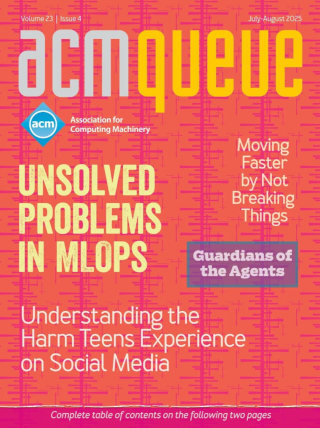
Security in the Browser:
Web browsers leave users vulnerable to an ever-growing number of attacks. Can we make them secure while preserving their usability?
Sealed in a depleted uranium sphere at the bottom of the ocean. That’s the often-mentioned description of what it takes to make a computer reasonably secure. Obviously, in the Internet age or any other, such a machine would be fairly useless.
Cybercrime 2.0: When the Cloud Turns Dark:
Web-based malware attacks are more insidious than ever. What can be done to stem the tide?
As the Web has become vital for day-to-day transactions, it has also become an attractive avenue for cybercrime. Financially motivated, the crime we see on the Web today is quite different from the more traditional network attacks. A few years ago Internet attackers relied heavily on remotely exploiting servers identified by scanning the Internet for vulnerable network services. Autonomously spreading computer worms such as Code Red and SQLSlammer were examples of such scanning attacks. Their huge scale put even the Internet at large at risk; for example, SQLSlammer generated traffic sufficient to melt down backbones.
Don’t be Typecast as a Software Developer:
Kode Vicious’s temper obviously suffers from having to clean up after the mistakes of his peers. What would he have them learn now so that he can look forward to a graceful and mellow old age?
I would like to think that learning more will help me in my everyday job of writing glue and customization code at a systems integrator. But the obvious applicable knowledge is specific to tools and packages that may become obsolete or discontinued even within the lifetime of the project, and in some cases have already reached this destination.
How Do I Model State? Let Me Count the Ways:
A study of the technology and sociology of Web services specifications
There is nothing like a disagreement concerning an arcane technical matter to bring out the best (and worst) in software architects and developers. As every reader knows from experience, it can be hard to get to the bottom of what exactly is being debated. One reason for this lack of clarity is often that different people care about different aspects of the problem. In the absence of agreement concerning the problem, it can be difficult to reach an agreement about the solutions.
A Conversation with Arthur Whitney:
Can code ever be too terse? The designer of the K and Q languages discusses this question and many more with Queue editorial board member Bryan Cantrill.
When it comes to programming languages, Arthur Whitney is a man of few words. The languages he has designed, such as A, K, and Q, are known for their terse, often cryptic syntax and tendency to use single ASCII characters instead of reserved words. While these languages may mystify those used to wordier languages such as Java, their speed and efficiency has made them popular with engineers on Wall Street.



